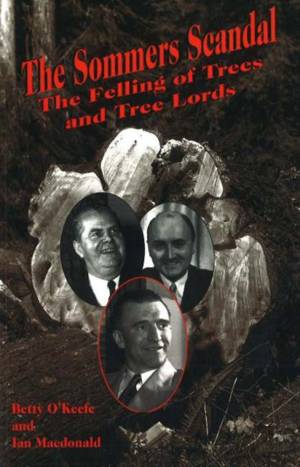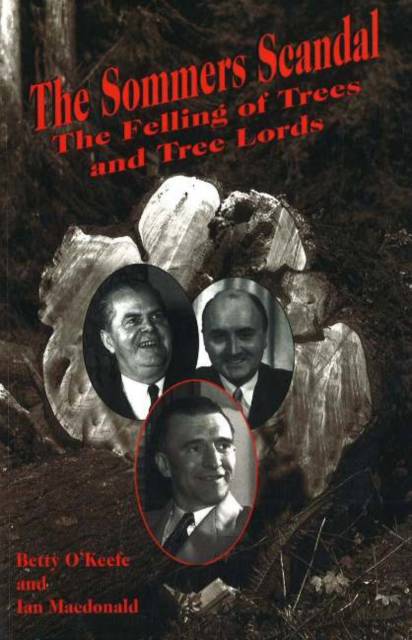
- Afhalen na 1 uur in een winkel met voorraad
- Gratis thuislevering in België vanaf € 30
- Ruim aanbod met 7 miljoen producten
- Afhalen na 1 uur in een winkel met voorraad
- Gratis thuislevering in België vanaf € 30
- Ruim aanbod met 7 miljoen producten
Zoeken
The Sommers' Scandal
The Felling of Trees and Tree Lords
Betty O'Keefe, Ian MacDonald
Paperback | Engels
€ 13,95
+ 27 punten
Omschrijving
In 1953, Forests Minister Robert E. Sommers was one of the most powerful men in BC, able to influence the province's major industry, forestry, with a stroke of his pen. Five years later he plummeted from the heights when he was sent to jail for conspiracy and accepting bribes. The Sommers scandal was the first and biggest stain on the record of Premier W.A.C. Bennett's Socreds. Betty O'Keefe and Ian Macdonald have recreated those stormy days of the mid-1950s, when Sommers, Bennett, Attorney General Robert Sommers, Phil Gaglardi and Gordon Gibson rocked the rafters of the Legislature with bellowed accusations and denials. Weaving interviews with major players and the media reports of the day, they show the relentless process by which Sommers was finally brought to trial, and reveal the confusing array of verdicts for Sommers and his co-accused. The Sommers story is also the story of BC's forest industry. The forest-management system was under attack and investigation as the Sommers scandal unfolded, and the decisions made in the 1950s set the course for the death of logging towns, the corporate concentration and the crisis of overcutting some 30 years later.
Specificaties
Betrokkenen
- Auteur(s):
- Uitgeverij:
Inhoud
- Aantal bladzijden:
- 192
- Taal:
- Engels
Eigenschappen
- Productcode (EAN):
- 9781895811964
- Verschijningsdatum:
- 1/05/1997
- Uitvoering:
- Paperback
- Formaat:
- Trade paperback (VS)
- Afmetingen:
- 140 mm x 216 mm
- Gewicht:
- 276 g

Alleen bij Standaard Boekhandel
+ 27 punten op je klantenkaart van Standaard Boekhandel
Beoordelingen
We publiceren alleen reviews die voldoen aan de voorwaarden voor reviews. Bekijk onze voorwaarden voor reviews.











